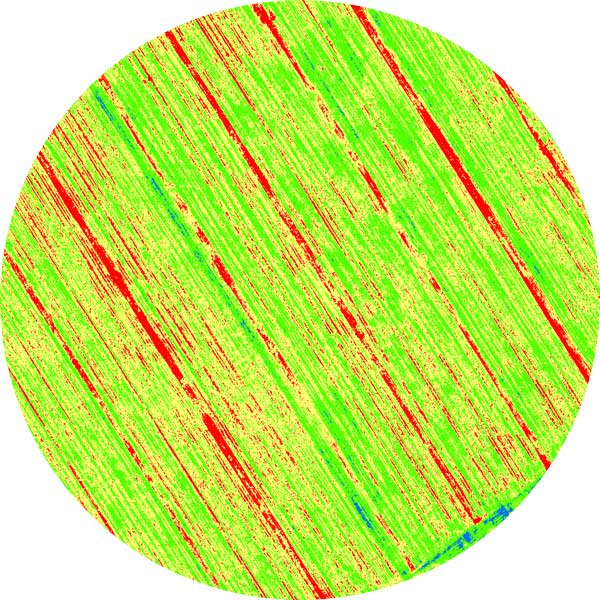Stand Count
Benefits of Stand Count
- Optimal Plant Spacing: Stand count helps farmers determine the ideal plant spacing for their crops. By accurately assessing the number of plants per unit area, farmers can adjust their planting density to ensure optimal plant growth and development. This allows for efficient use of resources such as water, nutrients, and sunlight, leading to improved crop yields and quality.
- Yield Estimation: Stand count is crucial for estimating crop yields. By counting the number of plants in a given area and considering factors such as plant health and growth stage, farmers can make informed predictions about potential yields. This information is valuable for production planning, marketing, and financial decision-making.
- Early Detection of Issues: Stand count provides early detection of issues such as poor germination, plant diseases, or pest infestations. By comparing the expected stand count with the actual count, farmers can identify areas of concern and take timely corrective actions. This helps prevent further crop damage, minimize yield losses, and maintain overall crop health.
Save
100 Times faster than traditional method

Best time to apply Stand Count
- Early Growth Stage: Conducting stand count during the early growth stage of the crop allows for accurate assessment of germination and emergence. This is typically done a few weeks after planting or sowing, when the plants have … … emerged from the soil. By counting the number of healthy and viable plants, farmers can identify any issues with germination or emergence and take necessary actions such as replanting or adjusting seeding rates.
- Mid-Season: Stand count can also be performed during the mid-season when the crop has reached a certain height or growth stage. This helps farmers assess the overall plant population density and identify any gaps or areas with poor plant establishment. By counting the number of plants in representative areas of the field, farmers can … … determine if any corrective measures are needed, such as intercropping or infill planting.
- Prior to Harvest: Stand count can be conducted closer to the harvest period to estimate the final plant population and assess the success of the crop. This information is valuable for yield estimation, production planning, and marketing decisions.
An example of ASAgro's reports in the field of Stand counting

This image represents the number of plants per area unit
1 of 1Frequently Asked Questions
Our stand counting method utilizes advanced technologies such as computer vision and machine learning algorithms to provide accurate and reliable stand count results. We have trained our system using extensive datasets and have validated its accuracy through rigorous testing. Our method ensures precise stand count measurements for informed decision-making.
Our stand counting service offers several benefits to farmers. Firstly, it saves time and effort by providing a faster and more efficient alternative to manual stand counting methods. Secondly, it provides accurate and objective stand count measurements, allowing farmers to make data-driven decisions regarding crop management, resource allocation, and yield estimation. Additionally, our service helps identify areas of poor plant establishment or gaps in the field, enabling farmers to take corrective actions and optimize crop productivity.
What Our Clients Say About Us
Contact Us
info@asauas.com
- Sharjah Media City, Sharjah, UAE
- (+971) 504 766 075

